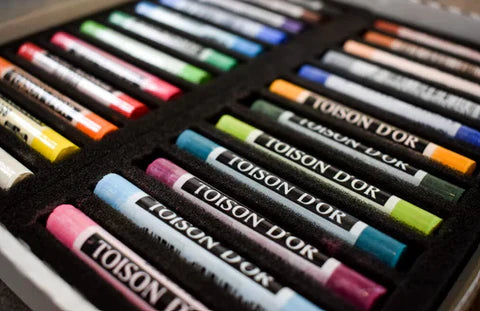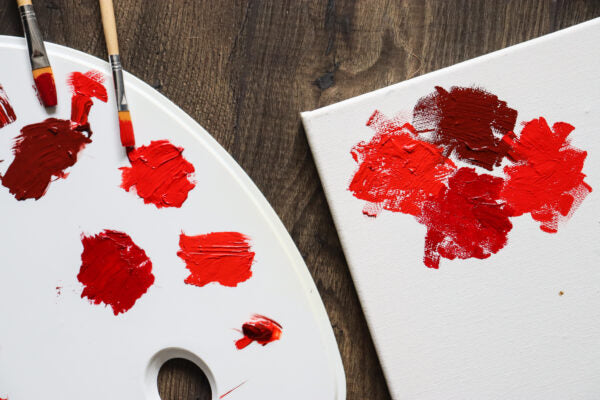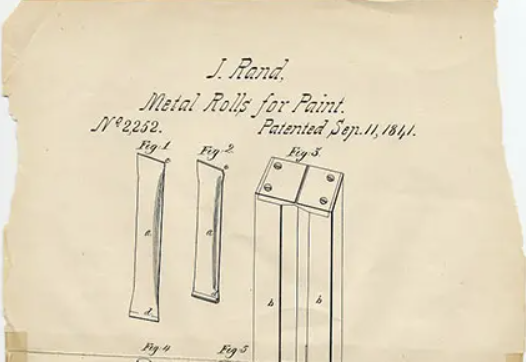A Guide to Inks

What is ink?
Ink covers a wide range of art materials, from printing inks to drawing inks.
Drawing Ink
These coloured drawing inks are made from good ingredients and pigments to produce quality inks with vibrant colours. The colours are waterproof once dry. To apply the inks use a brush, dip pen, or fountain pen. Not suitable to use in technical drawing pens.
Koh-I-Noor Drawing Ink
Printing Inks
These water-based non-permanent printing inks have been formulated to give excellent coverage and transfer properties. They are perfect for all kinds of block printing and work well on all grades of paper.
– Loxley Water-soluble Printing Inks
Loxley Indian Ink is not only lightfast and permanent, but are also totally waterproof when dry. It is opaque black and a great product to draw and sketch with as well as for use in mixed media. It flows well on the paper producing strong crisp lines and can be mixed with other colours, giving a cool dense tint. The inks can be diluted with water and used with brushes in traditional watercolour techniques or in dip pens, technical drawing pens, and airbrushes. The bottle has a pipette dropper in the lid which makes it easy to take small quantities from the bottle without wastage.
Watercolour Inks
These inks are a concentrated liquid watercolour paint, which is fluid enough to be used from the bottle. They are used to create excellent watercolour paintings and illustrations, and enhance your painting experience.
Calligraphy Inks
These inks are made from a pigment and a binder. There are three main types of inks, Fountain Pen Calligraphy Ink, Dip Pen Calligraphy Ink and Chinese/Japanese Stick Ink. Fountain pens are a lot more restrictive compared to dip pens, and they have to use a specific type of ink. These are best used for small projects, and for projects that will not be exposed to the light for long periods of time. However, you can use more type of inks with dip pens, making them more flexible. These are best used with medias, such as gouache. Chinese/Japanese stick inks have been used for a long period of time and are traditionally used for drawing and lettering.
Tips when using inks
– Start with using rough paper.
– Make sure you experiment and try different nibs.
– Why not try out different strokes/marks. This helps to add texture and build up shades and form.
– You can use ink in different ways. Ink can be applied wet-in-wet or wet-on-dry. When using ink on a wet surface this gives you less control but is great to experiment with.
– Accept mistakes. Ink marks cannot be easily corrected or undone, so if you make a mistake, it is best to accept it and try and work with it.
Tag us on social media at #loxleyarts to share your masterpieces.




